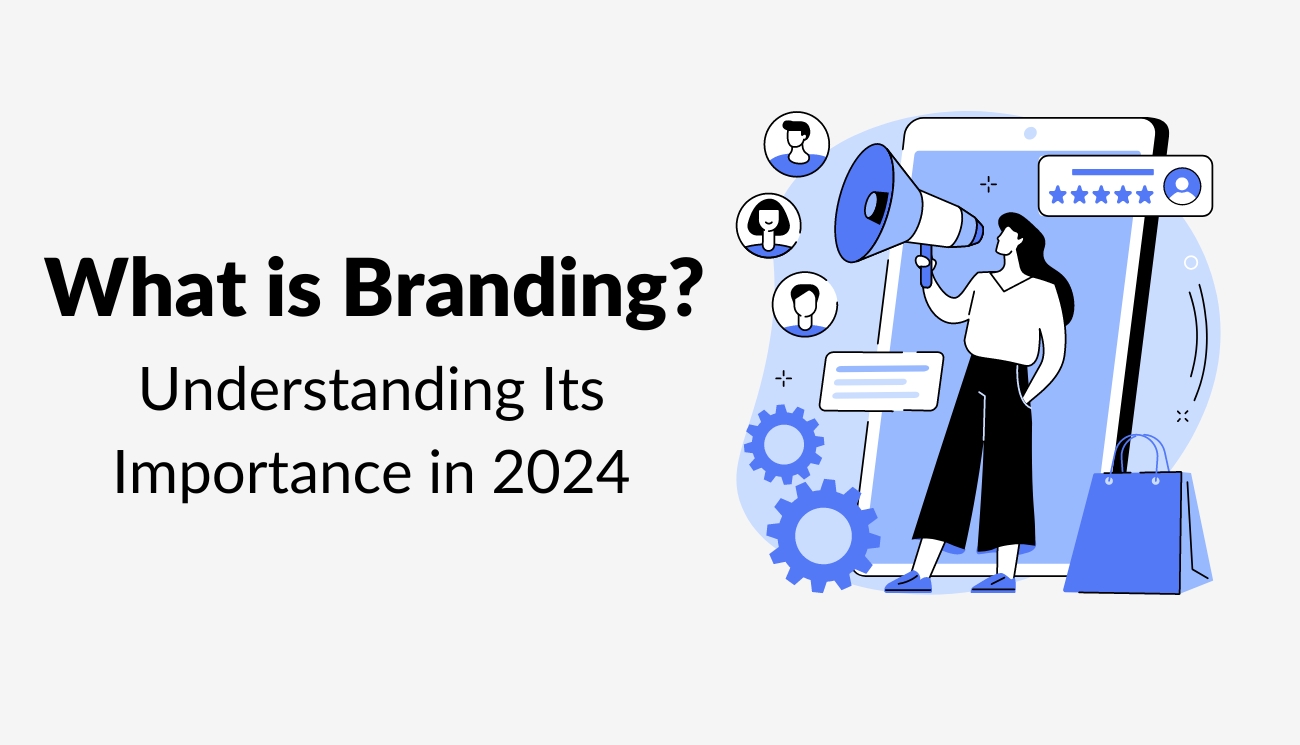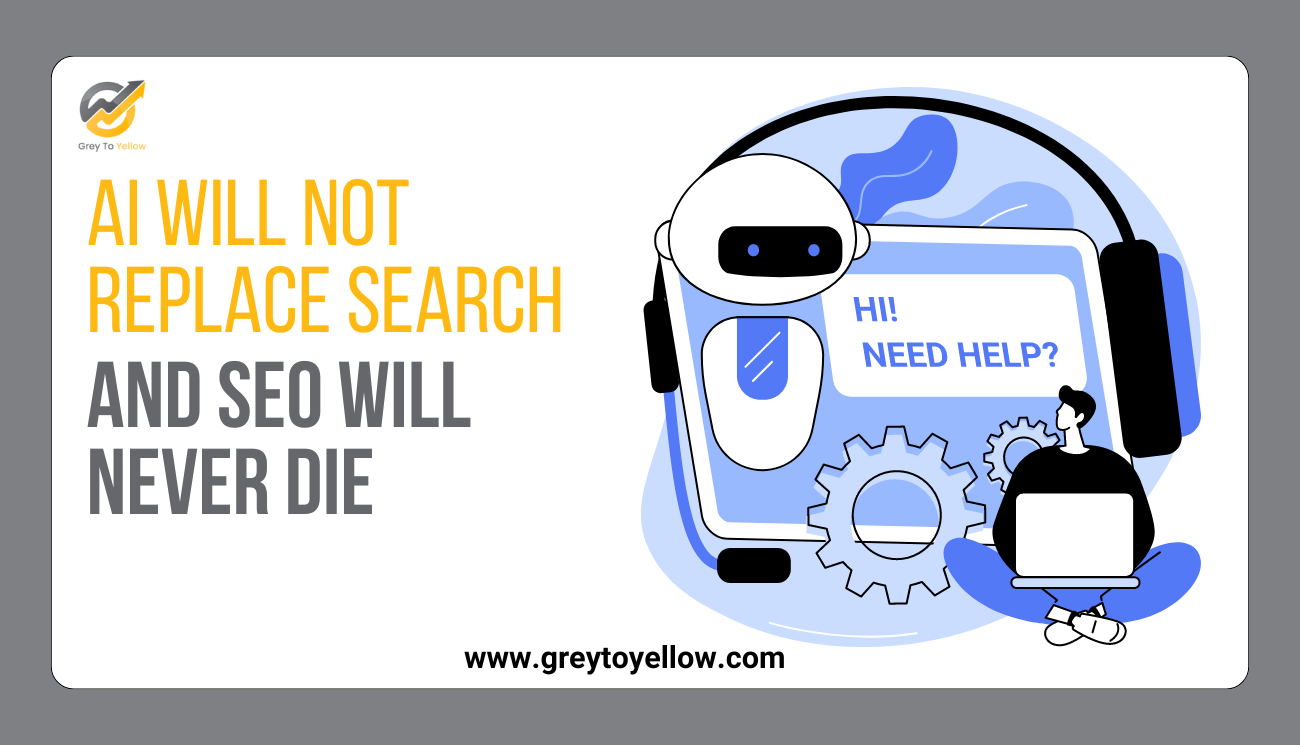
De-influencing: A Shift in Influencer Culture or a Passing Fad?
The world of influencer marketing has flourished over the past couple of years, with content creators and influencers promoting everything from makeup and skincare to even travel destinations.But recently, a new trend has emerged, called de-influencing. Instead of influencing you to buy certain products, these creators are encouraging you to be more mindful about your choices and consumption and avoid falling prey to overhyped trendy products.
The rise of de-influencing is a direct result of the growing desire for authenticity among the Gen Z population. It is also a result of a shift towards conscious consumerism. Gen Z, a generation that is heavily influenced by social media and its trends, is becoming increasingly sceptical of influencer marketing by the day.Statistics show that most of the Gen Z population (about 85%) or shoppers say that social media influences their buying decisions. They are also adept at spotting inauthentic content.
The de-influencing culture isn’t just about posting negative reviews but also offering a counterpoint to the constant barrage of “buy this” messages. They call out ineffective or overpriced products and offer more sustainable or ethical counterparts or alternatives to them. They even suggest DIY options so that the audience can be more sure of what they are creating. These suggestions resonate with a generation concerned about environmental impact and wary of keeping up with the latest trends.
Is de-influencing a threat to influencer marketing?
Experts are divided when it comes to the idea of de-influencing. Some of them believe that it is a passing fad, while others see it as a necessary evolution. There is no doubt that it will pose a challenge for brands trying to reach heights through relying on inauthentic influencer endorsements, but it also presents an opportunity.
De-influencing is a valid and valuable source of consumer feedback. Brands that listen to these critiques and prioritise authenticity and quality can build trust with a discerning audience.
Here are some key takeaways for brands:
- Consumers crave authenticity: De-influencing puts emphasis on the importance of genuine connections with your audience.
- Focus on quality: De-influencers often target subpar products. Ensure your offerings or products meet high standards.
- Embrace transparency: Be open to feedback and critique and address concerns raised by de-influencers.
Can de-influencers become brand partners?
De-influencers, with their focus on trust and value alignment, might seem like an ideal partner for brands. They have a loyal audience who trusts their recommendations. However, there are considerations:
- Limited partnerships: De-influencers are often very selective about brands they collaborate with, ensuring brand alignment.
- Constructive criticism: Expect feedback and try to work on it. De-influencers won’t shy away from pointing out flaws.
The brands that get negatively mentioned in the de-influencing content need to take the best course of action and engage in the conversation with de-influencers. They need to listen to the feedback and address it openly. This shows that you are willing to do everything to make your products better and that you value your audience and are willing to learn.
The future of de-influencing
De-influencing is a sign of a more matured social media landscape where consumers are demanding more from brands and influencers that they believe in. While it may not wholly replace influencer marketing, it will push the industry towards greater transparency and authenticity. This will only benefit consumers and brands in the long run.



